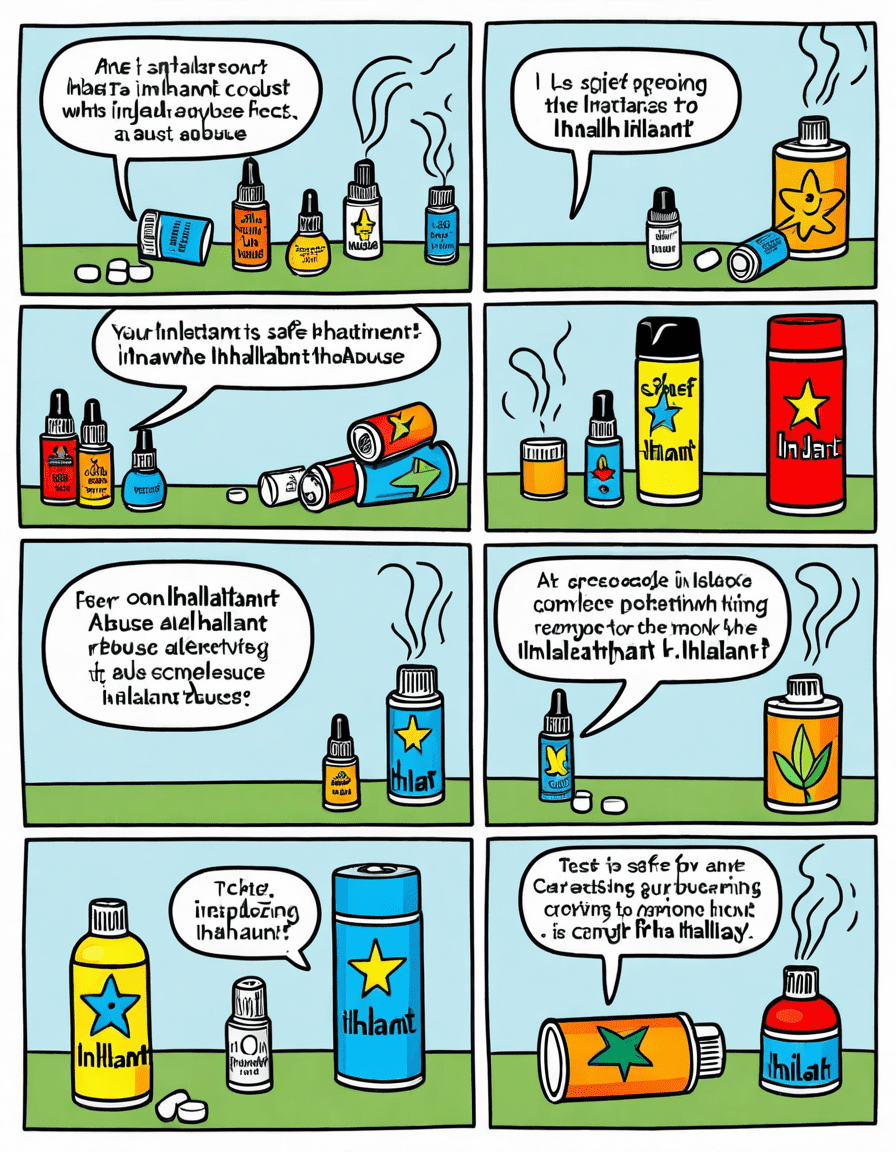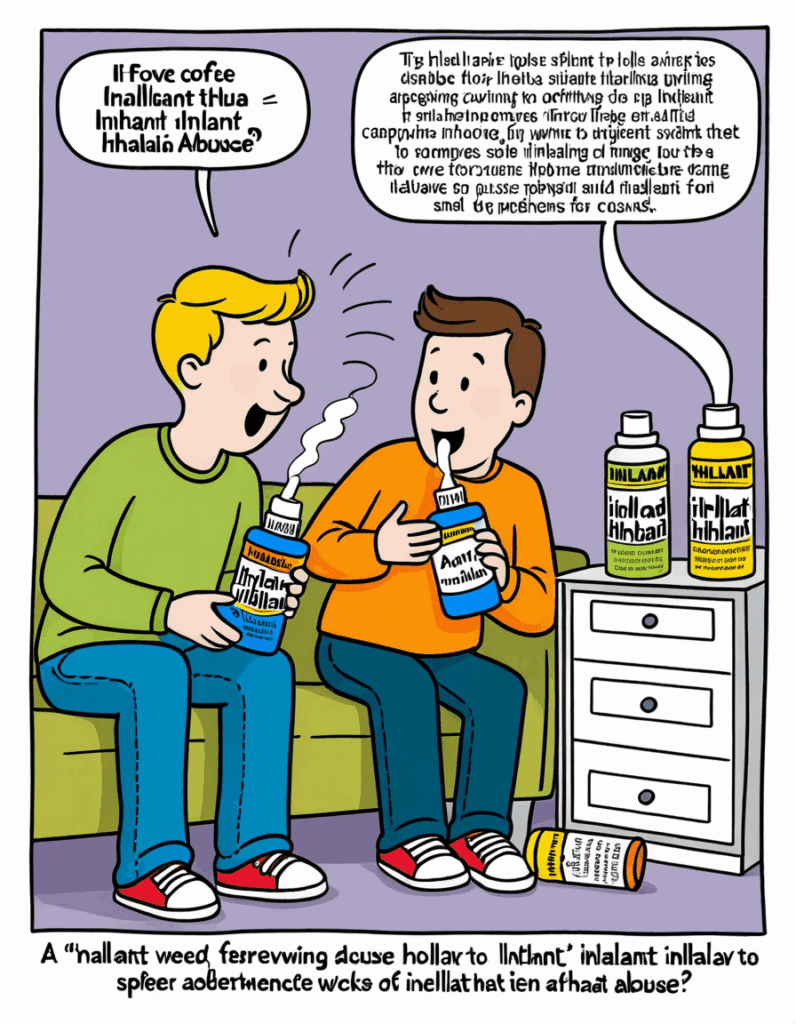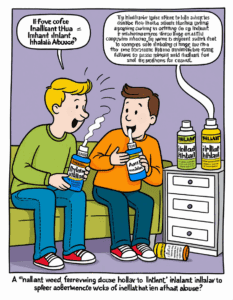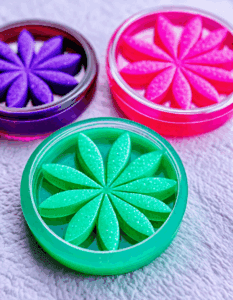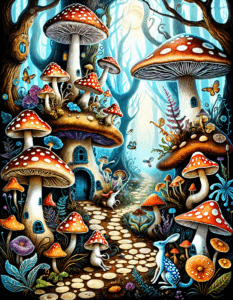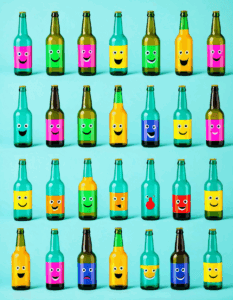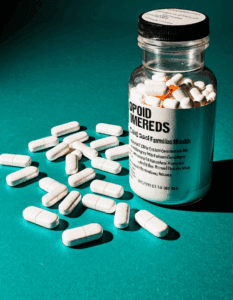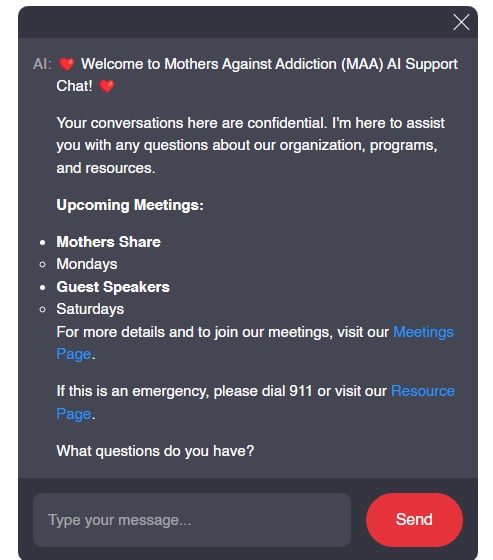Addiction to inhalants is a growing concern that often flies under the radar. Many parents find themselves unaware of the very substances that their children might abuse, simply because they’re common household items. Inhalants can be found in paint thinners or even a simple can of whipped cream. Understanding the inhalant definition is crucial for fostering awareness and prevention within our communities.
Inhalants are a wide-ranging group of substances that generate psychoactive effects when inhaled. They can primarily be found in many household products, industrial chemicals, and aerosol sprays. This often makes them deceptively accessible to younger users, starting an addiction cycle they may not fully comprehend. At Mothers Against Addiction, we understand the need to equip parents and families with knowledge to combat the dangers linked to inhalant abuse.

What is an Inhalant? A Comprehensive Inhalant Definition
At its core, the inhalant definition covers everything from volatile solvents and aerosols to gases and nitrites. These substances can create a euphoric high but can also lead to devastating consequences. Here’s a breakdown of the different categories of inhalants and what they encompass:
When we define inhalants, awareness is key. Every household might house potential dangers just waiting to be discovered by curious hands.
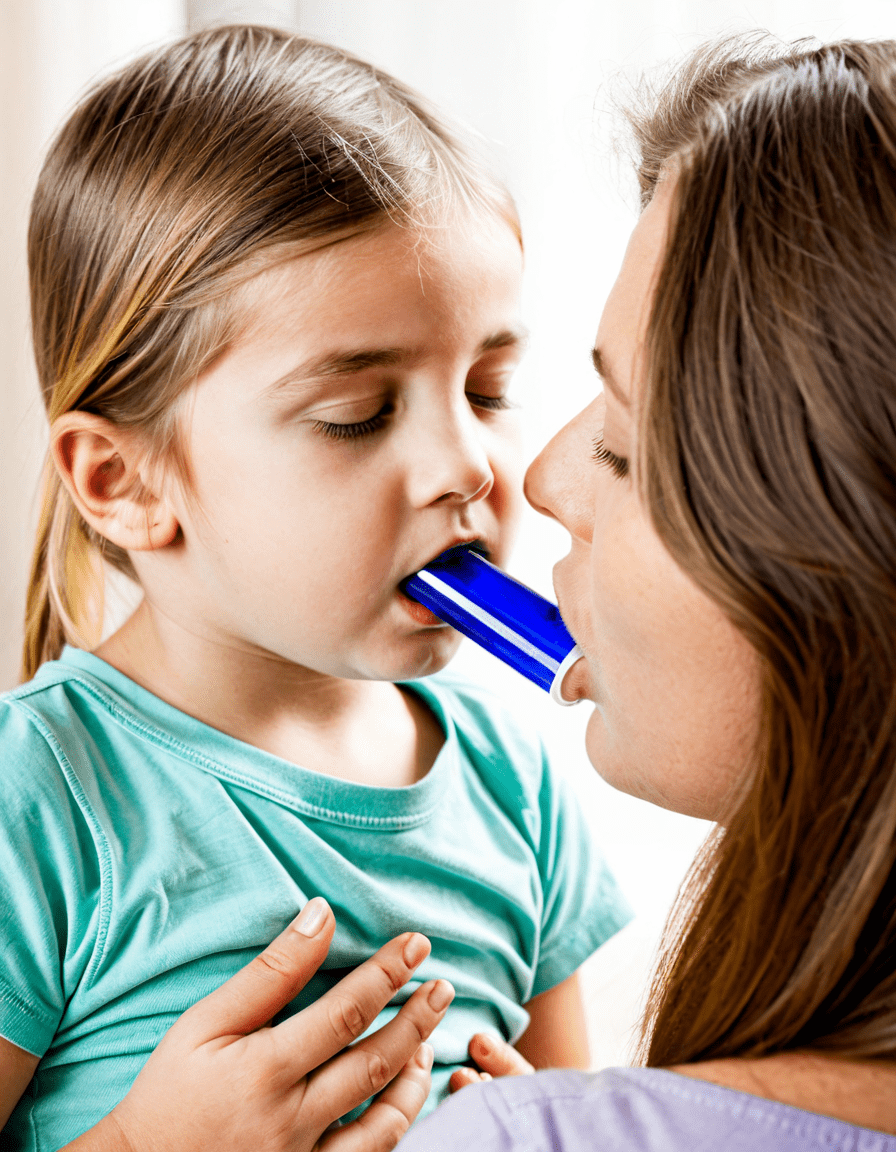
5 Common Types of Inhalants: Insights into Their Composition and Effects
Knowing the common types of inhalants can help parents identify potential risks. Here are the five main types, along with their effects:
Understanding these common inhalants is crucial for recognizing the signs of potential abuse. Awareness often leads to prevention.
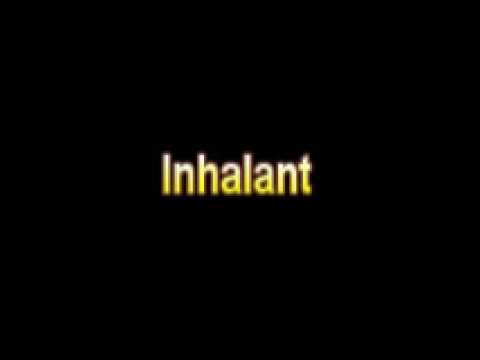
The Misunderstood Risks: What Parents Should Know About Inhalants
Many parents maintain a false sense of security, believing inhalants are harmless due to their normalcy in households. But the risks associated with inhalant abuse can be horrifying. Here’s what every parent should keep in mind:
It’s beyond vital for parents to stay informed. These are not just abstract risks; they’re real threats to their children’s well-being.

Real Stories: Facing the Consequences of Inhalant Abuse
To truly grasp the dangers of inhalant abuse, we must look at real stories that showcase the consequences of this epidemic. Meet Jake, a high school student who resorted to paint thinners in the heat of academic pressure. Initially, it seemed like a harmless escape; soon, it spiraled into a health crisis that strained his relationships with friends and family.
Then there’s Lisa. After losing her son to inhalants, she turned her grief into advocacy. Lisa educates her community about the hidden dangers of everyday products. Her heartbreaking but powerful story serves as a beacon of hope and awareness for other parents. To her, saving even one child from such a fate makes her mission worth every moment of effort.
These narratives aren’t just cautionary tales; they’re wake-up calls. Engaging discussions around real-life experiences encourages a united front against inhalant abuse.
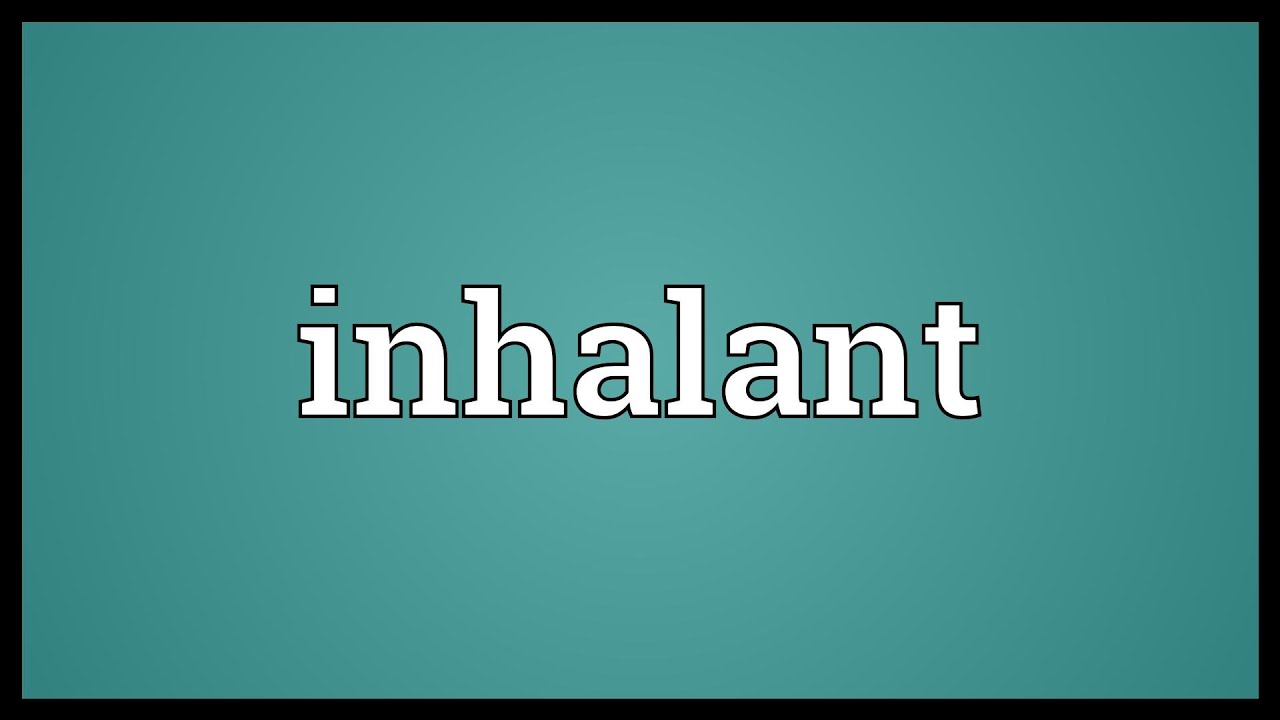
Innovative Approaches to Addressing Inhalant Abuse in Communities
Communities are beginning to take action against inhalant abuse through innovative programs targeting parents, schools, and students alike. Here are some developments worth noting:
Strategically addressing inhalant misuse can drastically lessen its grip on our children. As communities unite in this fight, the journey toward healing begins.
Closing Thoughts: Bridging the Gap between Awareness and Action
As we dive into the complexities of the inhalant definition, it’s easy to overlook the effects these substances have on our children. By staying informed about the risks and recognizing the common types of inhalants, we enable our families and communities to take proactive steps forward. Moments of awareness can easily morph into action.
Understanding wishes to bridge the gap between complacency and informed engagement. By sharing knowledge and personal experiences, we empower parents to create dialogues about inhalants with their children. Engaging with stories like Lisa’s or Jake’s can catalyze action where complacency once lay.
We at Mothers Against Addiction stand firm in supporting families who battle the storm of addiction. Together, we can work toward a future free of the perils associated with inhalants. Through education and advocacy, we can transform not only our communities but the very lives of our children, sparking resilience and hope in place of despair.
For those wanting to delve deeper into related substance issues, we encourage you to check out our resources on topics like liquid meth and How addictive Is marijuana. The fight against addiction requires us all. Are you ready to join us?
Inhalant Definition: Understanding the Dangers of Abuse
A Quick Dive into Inhalants
When we talk about the inhalant definition, we’re diving into substances that people inhale to get high. Common household items, like glue or paint thinners, fall into this category. Inhalants are dangerous because they can lead to serious health issues, including sudden death! This risk isn’t just limited to frequent users; even one-time use can have nasty consequences. Just like some people rush to watch the latest blockbuster, like The Eminence in Shadow, the thrill of inhaling can lure individuals in without them fully grasping the dangers.
The Surprising Facts on Inhalants
Did you know inhalants can affect a person’s brain almost instantly? This rapid effect can lead to poor decision-making and risky behavior. For instance, many unaware teenagers, much like those fascinated by the latest trends involving celebrities like Claire Coffee or Brooke Schofield, may experiment with inhalants, believing it to be a harmless fun. Yet, the sobering truth is that inhalant abuse can be as harmful as illicit drugs, causing long-lasting damage to vital organs.
One interesting tidbit relates to how inhalants can sometimes be analogized to surprising everyday frustrations, like having a yard full of dog shit— messy and unavoidable if not dealt with. Inhalant use can lead to both a metaphorical and literal mess in lives, bringing chaos where there was once order. So, it’s crucial to understand the inhalant definition and be aware of the risks associated with these substances.
Cultural Perspectives and Inhalants
Culturally, inhalants appear in various contexts, whether it’s safety discussions or cautionary tales from family. Fascinatingly, some studies suggest parallels between certain substances and behaviors, akin to the age-old question of what did the groundhog say 2024—it reflects how perceptions of risk evolve over time. Opening discussions about inhalants can help communities tackle drug abuse, nudging families to have open conversations about risks.
Lastly, the conversation around inhalants often goes hand in hand with understanding broader substance issues, like the effects of mushrooms or other hallucinogens. When parents equip themselves with knowledge, they can better support and safeguard their children, steering them away from paths that lead to substance abuse.
And while it’s an unfortunate reality that some may turn to practices such as sniffsex, the key takeaway is that understanding the inhalant definition can help reduce stigma and encourage healthier choices amongst youth. By raising awareness, we can foster more informed discussions and safeguard our loved ones from the potential dangers hidden in seemingly harmless products.
